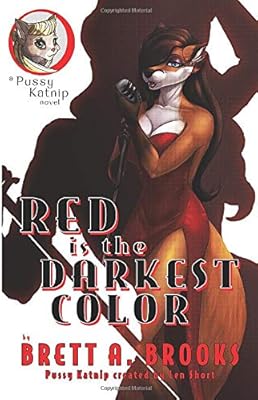Some books have more than one protagonist. This is why I wasn’t using books with main characters of multiple genders. Because a book can have more than one protagonist - Out of Position has Dev and Lee, and it’s equally them. If one had been female, I wouldn’t have used them. However, a book like Handcuffs & Lace is from one character’s perspective, and it focuses on them - yes, it’s their relationship With another person, but the focus is on…;. augh, this is a sticky tar pit. Such considerations make quantitative data hard.  I also argue that I pounded it out in just a few hours.
I also argue that I pounded it out in just a few hours.
I was also reminded of something Fred Patten said in his review of [i]The Streets of His City[/i]: "Aside from the first-page off-stage mention of Natier’s mother, there is not a single female in the book." I haven't read this book but I did read [i]The Prince of Knaves[/i] and noticed the predominance of male characters.It's the same in the Out of Position series, where female characters are relegated to 'parent (source of conflict, in few scenes to begin with)', 'wife of side character' (peripheral, barely any lines), or 'fake girlfriend' (two, three scenes max). Granted, I haven't read Divisions yet. Science Friction's primary antagonist is female, and a very unpleasant character. I've not read Winter Games, but I hear the female side character is also not the most pleasant. Deathless by Graveyard Greg is another example; the only women to appear is a phone call from the mother, which is very brief, and two very brief conversations with [redacted for spoilers], who is female.
Now, I’ve not yet read Mysterious Affair of Giles, but the main character is a lesbian, whose girlfriend is present during the murder mystery, so that’s at least two females front and center.
I remember that too, and being... well, "surprised" isn't strong enough and "shocked" is too strong. Taken aback, perhaps, just because I wouldn't have thought it even possible to write something book-length with no characters of the opposite sex depicted, not even in minor roles -- unless maybe it was set in a purely single-gender environment like a convent or a boys' boarding school or something. But I haven't read any of the author's work, so to be fair, Fred's review is all I have to go on.For the record, that series is about a prince who moonlights with a gang of thieves.


